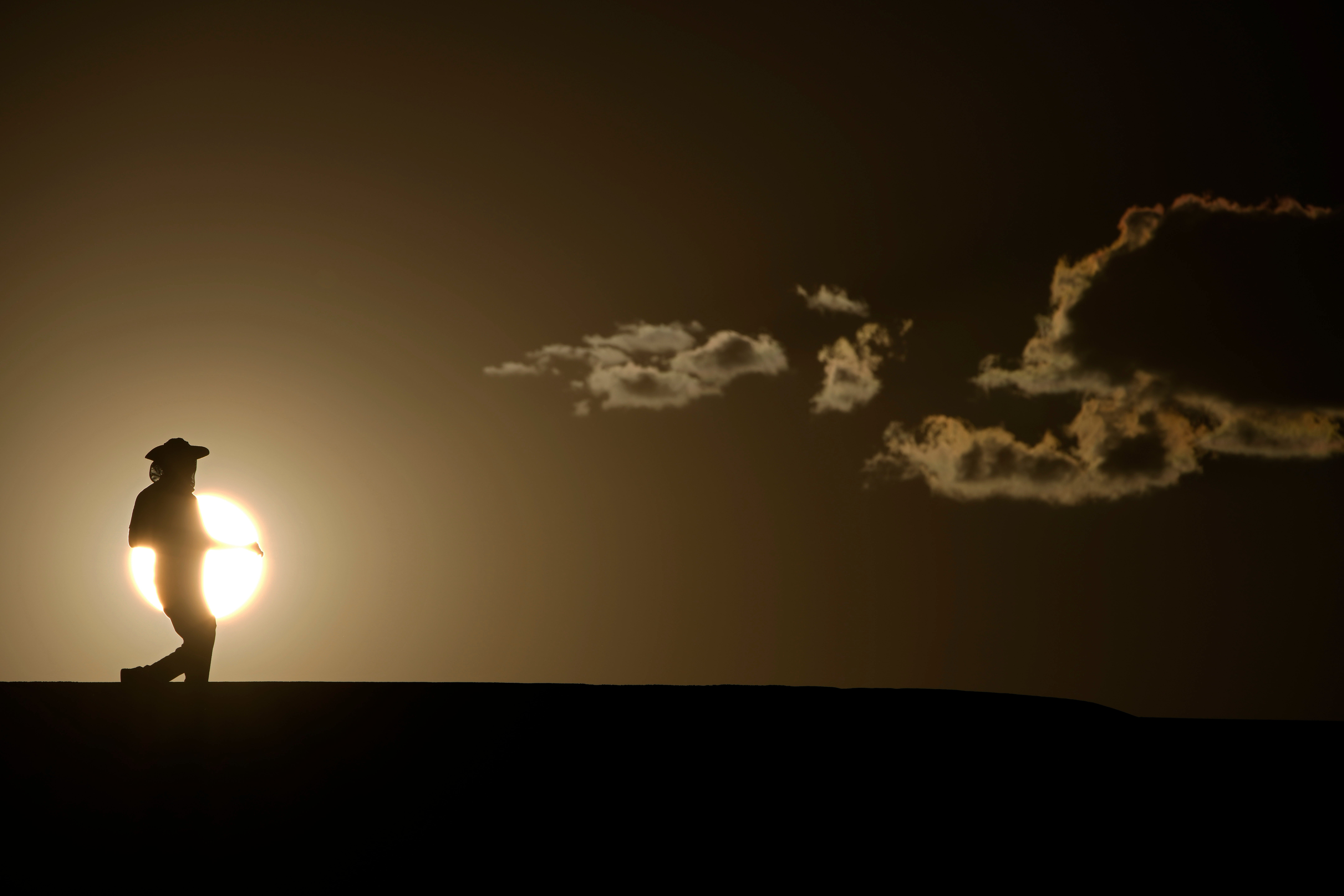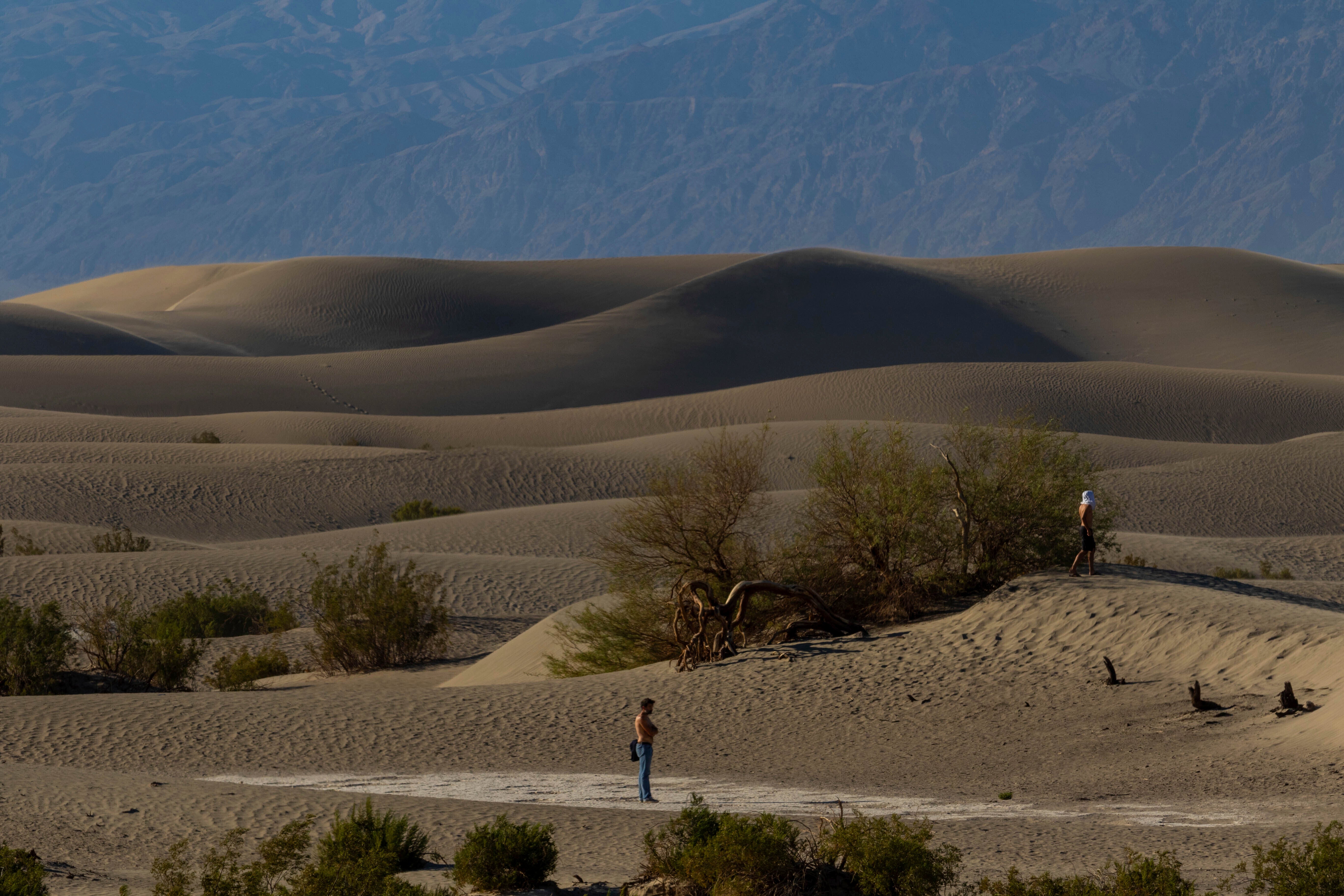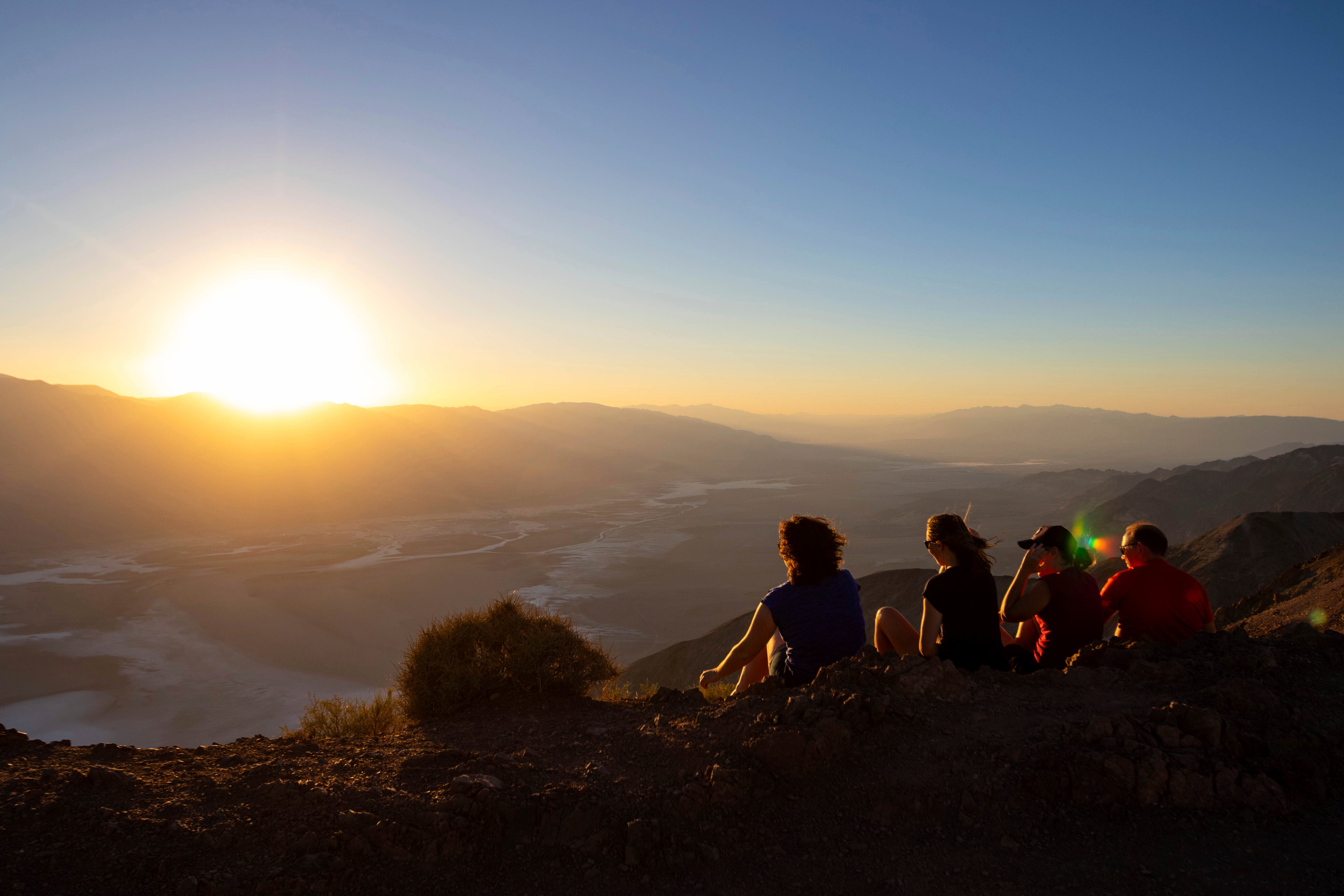Why is Death Valley one of the hottest places on Earth?
In 2022, over 1 million people visited the national park. Here’s what we know about the valley dubbed as one of the hottest places on Earth

Your support helps us to tell the story
From reproductive rights to climate change to Big Tech, The Independent is on the ground when the story is developing. Whether it's investigating the financials of Elon Musk's pro-Trump PAC or producing our latest documentary, 'The A Word', which shines a light on the American women fighting for reproductive rights, we know how important it is to parse out the facts from the messaging.
At such a critical moment in US history, we need reporters on the ground. Your donation allows us to keep sending journalists to speak to both sides of the story.
The Independent is trusted by Americans across the entire political spectrum. And unlike many other quality news outlets, we choose not to lock Americans out of our reporting and analysis with paywalls. We believe quality journalism should be available to everyone, paid for by those who can afford it.
Your support makes all the difference.Known to be one of the hottest places on Earth, Death Valley’s temperatures have shown no mercy as they peaked on Sunday (16 July).
The National Park located in California, reached 128 degrees Fahrenheit (53.3C) earlier this week with other regions across the US hitting lower, but still quite dangerous, temperatures.
The hottest air temperature ever recorded on Earth was 134F (56.7C) in July 1913 at Furnace Creek inside the park.
In 2022, over 1 million people visited Death Valley National Park with the park holding around 3,400,000 acres for people to explore. Many hikers from the United States and around the world visit the park to explore its scenic desert-like views.
However, over the years, there have been a number of deaths at the national park due to soaring temperatures.
On Tuesday (18 July) a man was pronounced dead at the Golden Canyon trailhead in the Valley. Steve Curry, 71, from Los Angeles was identified as the victim.
Authorities said Mr Curry collapsed shorter after 3.30pm outside of a restroom as temperatures rose to 121F (49.4C). Park visitors noticed Mr Curry unconscious and called emergency services at 3.40pm.
Although attempts were made to save Mr Curry, he did not survive and was pronounced dead at the scene.
The National Park Service has said that this may be the second heat-related fatality in Death Valley this summer, after a 65-year-old man was found dead in his vehicle on 3 July.
Why does it get so hot in Death Valley?

The driest place in North America and the hottest on Earth, Death Valley is a long and narrow basin 282 feet (86 m) below sea level and yet it is walled up with rather steep mountain ranges, according to the park services website.
The dry air and plant coverage allows sunlight to heat up the desert surface. The heat then radiates back from the rocks and soil and then becomes trapped in the valley’s depths.
The park service website has said: “Heated air rises, cools before it can rise over the valley’s mountain walls, and is recycled back down to the valley floor. These pockets of descending air are only slightly cooler than the surrounding hot air.”
As the pockets of the air come down they are then compressed and heated even more by the low-elevation air pressure. The moving masses of heated air then blow through the valley which creates extreme heat.
Why is it so dry?

The dryness of the valley also contributes to the rising temperatures at the national park.
Any winter storms moving inland from the Pacific Ocean have to pass over mountain ranges which include the Sierra Nevada and the Rocky Mountains to continue east. The clouds then begin to rise up to collect the moisture, then cool down and the moisture falls back to earth as snow or rain on the western side of the ranges.
By the time the clouds reach the eastern side of the mountains, they do not have as much moisture to spend. This can then create a dry “rainshadow”.
A rainshadow is when a place has little rainfall due to it being sheltered due to other mountain ranges.
“Four major mountain ranges lie between Death Valley and the ocean, each one adding to an increasingly drier rainshadow effect,” the park service has said.
In 1929 and 1953, no rain was recorded with the driest stretch on record being only 0.64 inches (1.6cm) of rain over a 40-month period in 1931 to 1934.
The highest ground temperature recorded was 201F (93.9C) at Furnace Creek on 15 July 1972 with the maximum air temperature for that day hitting 128F (53C).
Why is it called Death Valley?

The name Death Valley was given by a group of pioneers lost in the valley around the years 1849-1850 during the winter season.
The group assumed that the valley would become their “grave” even though, according to the park service only one of the group died at the valley.
The remaining members were rescued by two of their young men, William Lewis Manly and John Rogers, who had picked up the skills to be scouts.
As the group climbed out of the valley over the Panamint Mountains, one of the men turned, then looked back, and said "Goodbye, Death Valley."
This name and the story of The Lost ‘49ers have now become a big part of Death Valley’s history.



Join our commenting forum
Join thought-provoking conversations, follow other Independent readers and see their replies
Comments